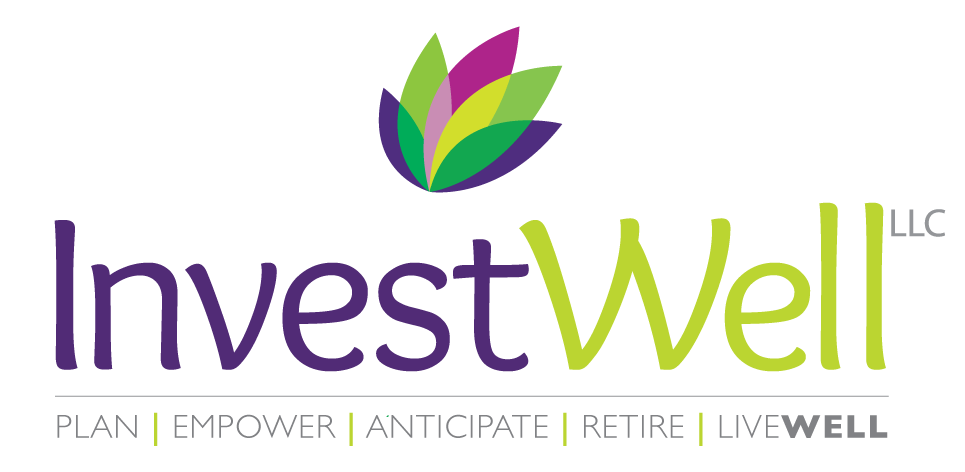Life Stages That Impact Your Life Insurance Needs
This is a subtitle for your new post
New Title
Licensed Insurance Professional. This information is designed to provide a general overview with regard to the subject matter covered and is not state specific. The authors, publisher and host are not providing legal, accounting or specific advice for your situation. By providing your information, you give consent to be contacted about the possible sale of an insurance or annuity product. This information has been provided by a Licensed Insurance Professional and does not necessarily represent the views of the presenting insurance professional. The statements and opinions expressed are those of the author and are subject to change at any time. All information is believed to be from reliable sources; however, presenting insurance professional makes no representation as to its completeness or accuracy. This material has been prepared for informational and educational purposes only. It is not intended to provide, and should not be relied upon for, accounting, legal, tax or investment advice. This information has been provided by a Licensed Insurance Professional and is not sponsored or endorsed by the Social Security Administration or any government agency. 20415 - 2020/9/17
Investment advisory services offered through Horter Investment Management, LLC, a SEC-Registered Investment Advisor. Horter Investment Management does not provide legal or tax advice. Investment Advisor Representatives of Horter Investment Management may only conduct business with residents of the states and jurisdictions in which they are properly registered or exempt from registration requirements. Insurance and annuity products are sold separately through InvestWell LLC. Securities transactions for Horter Investment Management clients are placed through E*TRADE Advisor Services, TD Ameritrade and Nationwide Advisory Solution











Mobile: 631.742.3340
Fax: 631.982.5511
sue@investwellnow.com

Mobile: 631.742.3340
Fax: 631.982.5511
sue@investwellnow.com
Investment advisory services offered through Horter Investment Management, LLC, a SEC-Registered Investment Advisor. Horter Investment Management does not provide legal or tax advice. Investment Advisor Representatives of Horter Investment Management may only conduct business with residents of the states and jurisdictions in which they are properly registered or exempt from registration requirements. Insurance and annuity products are sold separately through Susan Waters, InvestWell. Securities transactions for Horter Investment Management clients are placed through AXOS Advisor Services, TD Ameritrade and Nationwide Advisory Solutions.
Susan Marie Waters: CRD #1591121. CT Ins. License # 2335465 . Insurance and annuity products are not sold through Horter Investment Management, LLC (“Horter”). Horter does not endorse any annuity or insurance products nor does it guarantee their performance. Owners of these products are subject to the terms and conditions of the policies and contracts of the issuing companies. All product guarantees depend on the insurance company’s financial strength and claims-paying ability.